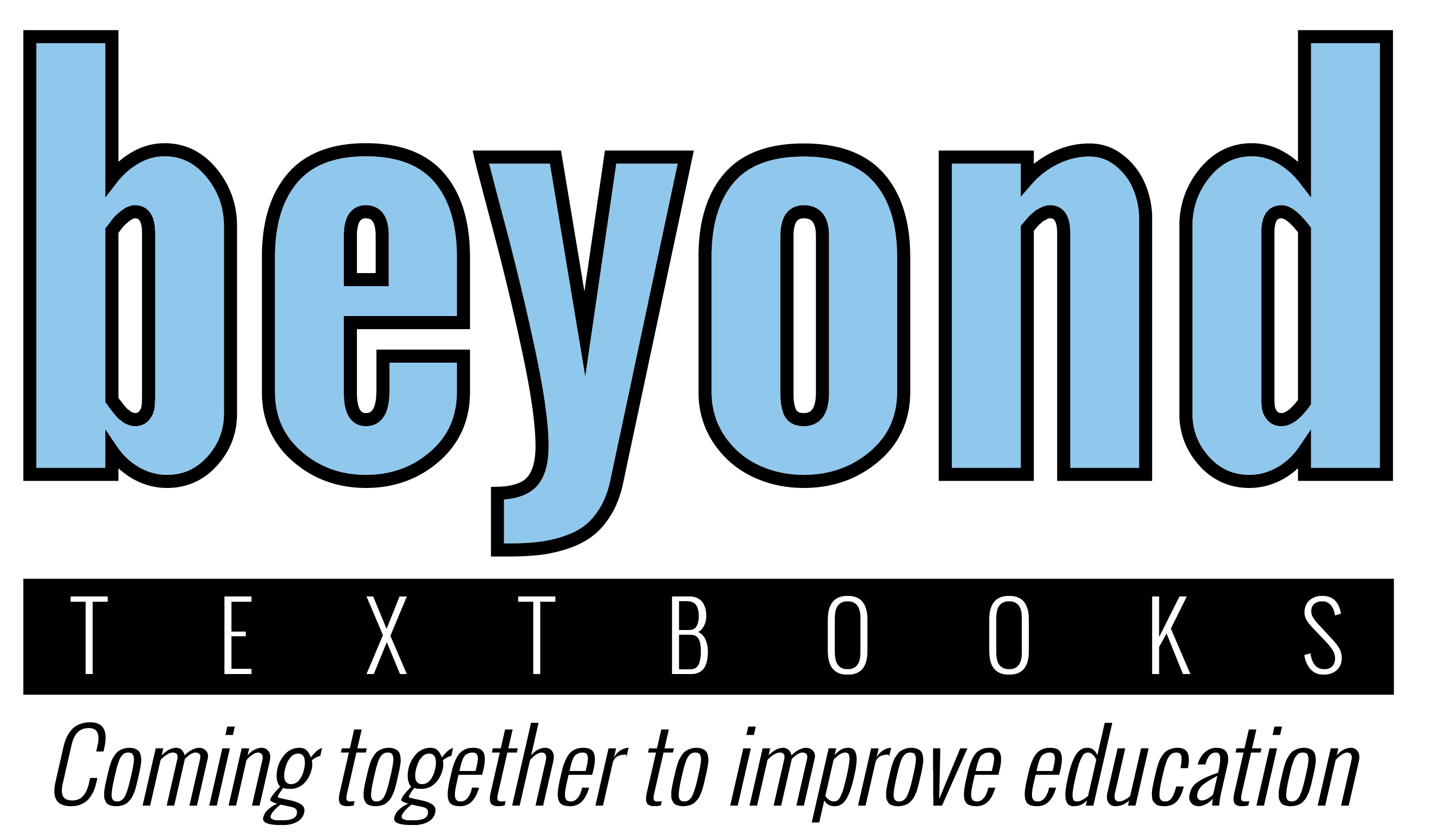9th Grade
Quarter 1 Standards
-
9.R.RI.01: The Highly Proficient student can cite strong and thorough textual evidence to support a deep analysis of what the text says explicitly as well as complex inferences drawn from the text.
-
9.R.RL.01: The Highly Proficient student can cite strong and thorough textual evidence to analyze what the text says and can make complex inferences.
-
9.R.RL.04: The Highly Proficient student can determine how complex words and phrases affect the meaning and tone of a text.
-
9.R.RL.05: The Highly Proficient student can analyze how authors use specific structure and order of events to create mood, and how those choices affect the whole text
-
9.R.RL.06: The Highly Proficient student can read a variety of world literature with points of view different than my own and understand a variety of cultural viewpoints and experiences.
-
9.R.RL.09: The Highly Proficient student can analyze the effectiveness of the source material on a work of literature in order to show deeper understanding.
Quarter 2 Standards
-
9.R.RI.01: The Highly Proficient student can cite strong and thorough textual evidence to support a deep analysis of what the text says explicitly as well as complex inferences drawn from the text.
-
9.R.RI.05: The Highly Proficient student evaluates how an author develops his or her ideas or claims and refines them in high complexity texts (particular sentences, paragraphs, or larger portions of a text).
-
9.R.RI.06: The Highly Proficient student can analyze an author’s point of view or purpose in a high complexity text and evaluates the effectiveness of an author’s use of rhetoric to advance that point of view or purpose.
-
9.R.RI.08: The Highly Proficient student can explain and evaluate the argument and specific claims in a high complexity text, citing specific language to assess whether the reasoning is valid, relevant, and sufficient; identifies the subtleties of fallacious reasoning.
-
9.R.RL.01: The Highly Proficient student can cite strong and thorough textual evidence to analyze what the text says and can make complex inferences.
-
9.R.RL.06: The Highly Proficient student can read a variety of world literature with points of view different than their own and understand a variety of cultural viewpoints and experiences.
Quarter 3 Standards
-
9.R.RI.01: The Highly Proficient student can cite strong and thorough textual evidence to support a deep analysis of what the text says explicitly as well as complex inferences drawn from the text.
-
9.R.RI.02: The Highly Proficient student can determine and evaluate a central idea of a text and analyze in detail its development over the course of a text, including how it emerges and is shaped and refined by specific details; provides a comprehensive, objective summary of the text.
-
9.R.RI.03: The Highly Proficient student can evaluate the effect of how the author unfolds an analysis or series of ideas or events, including the order in which the points are made, how they are introduced and developed, and the connections that are drawn between them.
-
9.R.RI.04: The Highly Proficient student can analyze the meaning of words and phrases as they are used in a text, including figurative, connotative, and technical meanings; evaluates the cumulative rhetorical effect of specific word choices on meaning and tone (e.g., how the language of a court opinion differs from that of a newspaper).
-
9.R.RI.09: The Highly Proficient student can evaluate the reasoning and rhetorical strategies employed in seminal U.S. documents of historical and literary significance (e.g., Washington’s Farewell Address, Roosevelt’s Four Freedoms speech) including how they address related themes and concepts.
-
9.R.RL.01: The Highly Proficient student can cite strong and thorough textual evidence to analyze what the text says and can make complex inferences.
-
9.R.RL.06: The Highly Proficient student can read a variety of world literature with points of view different than my own and understand a variety of cultural viewpoints and experiences.
Quarter 4 Standards
-
9.R.RI.01: The Highly Proficient student can cite strong and thorough textual evidence to support a deep analysis of what the text says explicitly as well as complex inferences drawn from the text.
-
9.R.RL.01: The Highly Proficient student can cite strong and thorough textual evidence to analyze what the text says and can make complex inferences.
-
9.R.RL.02: The Highly Proficient student can determine and evaluate a theme or central idea of a text and analyze in detail its development over the course of a text, including how it emerges and is shaped and refined by specific details; can provide a comprehensive, objective summary of the text.
-
9.R.RL.03: The Highly Proficient student can analyze the effectiveness of the author's development of complex characters (multiple or conflicting motivations) including how they interact to advance the plot or shape the theme.
-
9.R.RL.06: The Highly Proficient student can read a variety of world literature with points of view different than my own and understand a variety of cultural viewpoints and experiences.
-
9.R.RI.07: The Highly Proficient student can analyze various accounts of a subject told in different mediums (e.g., a person’s life story in both print and multimedia), determining which details are emphasized in each account.
Yearly Standards (taught throughout the school year)
-
9.R.RL.07: The Highly Proficient student can analyze the representation of a subject or a key scene in two different artistic mediums, including what is emphasized or absent in each treatment.
-
9.R.RL.10: By the end of the year, proficiently and independently read and comprehend literature, including stories, drama, and poetry, in a text complexity range determined by qualitative and quantitative measures appropriate to grades 9.
-
9.R.RI.10: By the end of the year, proficiently and independently read and comprehend informational texts and nonfiction in a text complexity range determined by qualitative and quantitative measures appropriate to grade 9.

